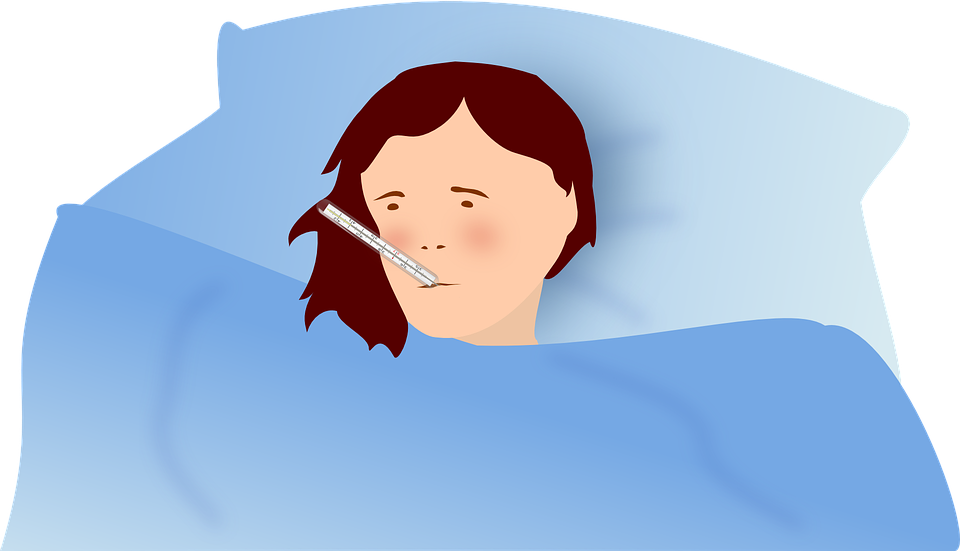GPs are concerned about waning protection levels for at-risk patients who were vaccinated for flu early in the season
Experts will consider a change in recommendations on influenza booster shots for vulnerable patients if data points to reduced vaccine efficacy in late-season influenza cases.
With high levels of flu virus still circulating in many locations, GPs are concerned about waning protection levels for at-risk patients who were vaccinated early in the season. A second dose is not recommended under current guidelines.
“It is being seriously thought about, but there aren’t any final deliberations yet,” Professor Robert Booy, head of Clinical Research at the National Centre for Immunisation Research and Surveillance (NCIRS), told The Medical Republic.
“There is some evidence that in vulnerable people immunity does decline over the winter. We have got the point of recognising that effectiveness reduces over the four months after you have been vaccinated, but that hasn’t led to a recommendation.”
If data for August showed a lot of at-risk patients no longer had vaccine efficacy, a change in guidelines would have to be seriously considered, Professor Booy said.
“We are still having to look carefully at the data, and that’s done at a state health and federal level.”
Earlier this week, Professor Paul VanBuynder said he was aware some GPs were revaccinating patients, as the flu season had yet to peak.
“I know some GPs are doing it. Certainly, we don’t have a policy that says please get vaccinated in March and then repeat it in August, but I am open to general practitioners looking at people who are particularly severely at risk,” he told a media briefing.
“The reality is, there’s no harm to that; there’s no increased risk in terms of side-effects. But we don’t recommend it as a general principle. We think healthy people should be protected through the flu season as long as they don’t get (vaccinated) too early.”
Professor VanBuynden, a public health physician at Gold Coast Health, said he was confident Queensland’s flu outbreak would be the worst on record.
He also drew attention to stubbornly low vaccination rates, even among vulnerable patient groups eligible for free flu shots.
Australia’s vaccination rate is just 75-80% for the elderly, but only 50% for pregnant women, and 35% for patients with chronic disease.
He also called for flu vaccine to be made available to children under the National Immunisation Program, given their role in transmission of flu.
Nationally, flu notifications for the year have exceeded 75,000 cases, with numbers still rising in NSW, Queensland, Victoria and South Australia. The virulent Type A (H3N2) is responsible for some 70% and Type B flu has accounted for 20%.
“It doesn’t matter whether (the numbers are) going up or down or level. It means we’ve got flu for another month,” Professor Booy said.
“If a GP sees a patient they think is likely to need hospitalisation, give them an anti-viral if it’s within two days of falling ill.
“If a patient is vaccinated now, they might get some benefit over the next month. But there’s so much flu around that you might catch flu while waiting for the vaccine to work. It takes a minimum of 10 days in an adult for the vaccine to be protective.”
Professor Booy said the high numbers of flu notifications partly reflected increased testing and more accurate testing.
The severity of the season would be judged on death rates, hospital admissions and children admitted to intensive care. But there was still no evidence that 2017 would turn out worse than three other years in the past decade, he said.


